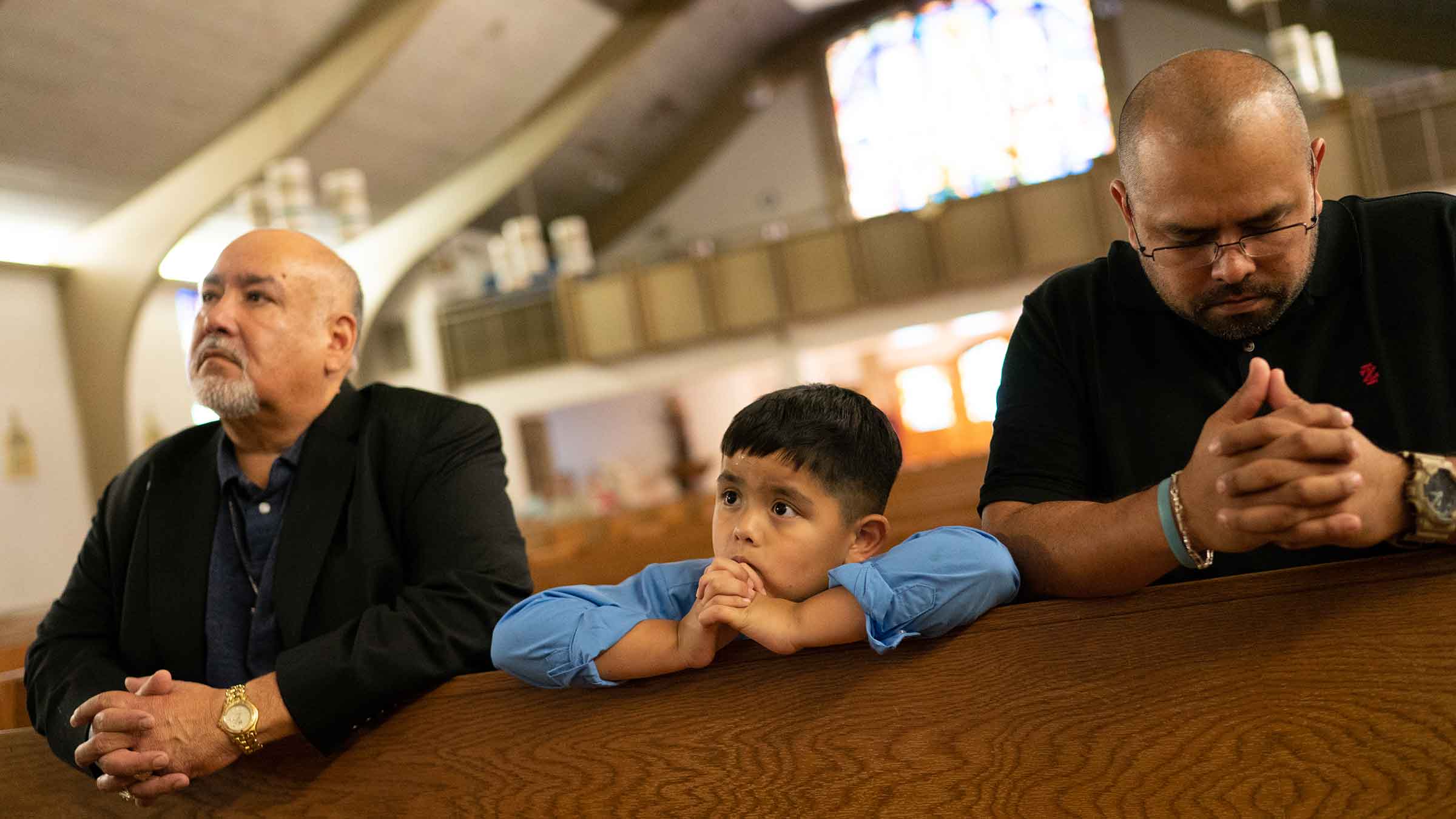
A Framework for Healing: Believe, Belong, Be
To honor hundreds of thousands of patients and family caregivers who use CaringBridge every day, we have been working with a National Geographic photographer and filmmaker to capture stories of hope and healing, even in times when cure was not possible.
What we have learned since the How We Heal project started in 2017, and have shared with 120 million people and counting, is that hard-won wisdom often comes from illness, injury, premature birth, mental-health crises … all the terrible things no one and no family should ever face. Our National Geographic colleague, David McLain, calls it “a guide to getting through the unimaginable, by people who never imagined going through it.”
We first saw in 2017, while visiting CaringBridge users in five states, that when—and if—healing happens, it looks different for everyone. But it seemed that some common themes were emerging among the life lessons from health journeys.
Curious about these themes, and inspired by the positive response to stories from families in Minnesota—homebase for CaringBridge and founder Sona Mehring—as well as Wisconsin, Georgia, North Carolina and Virginia, we decided to continue exploring the topic of healing. The goal: To help more people see that healing is possible, and valuable, regardless of health outcome.
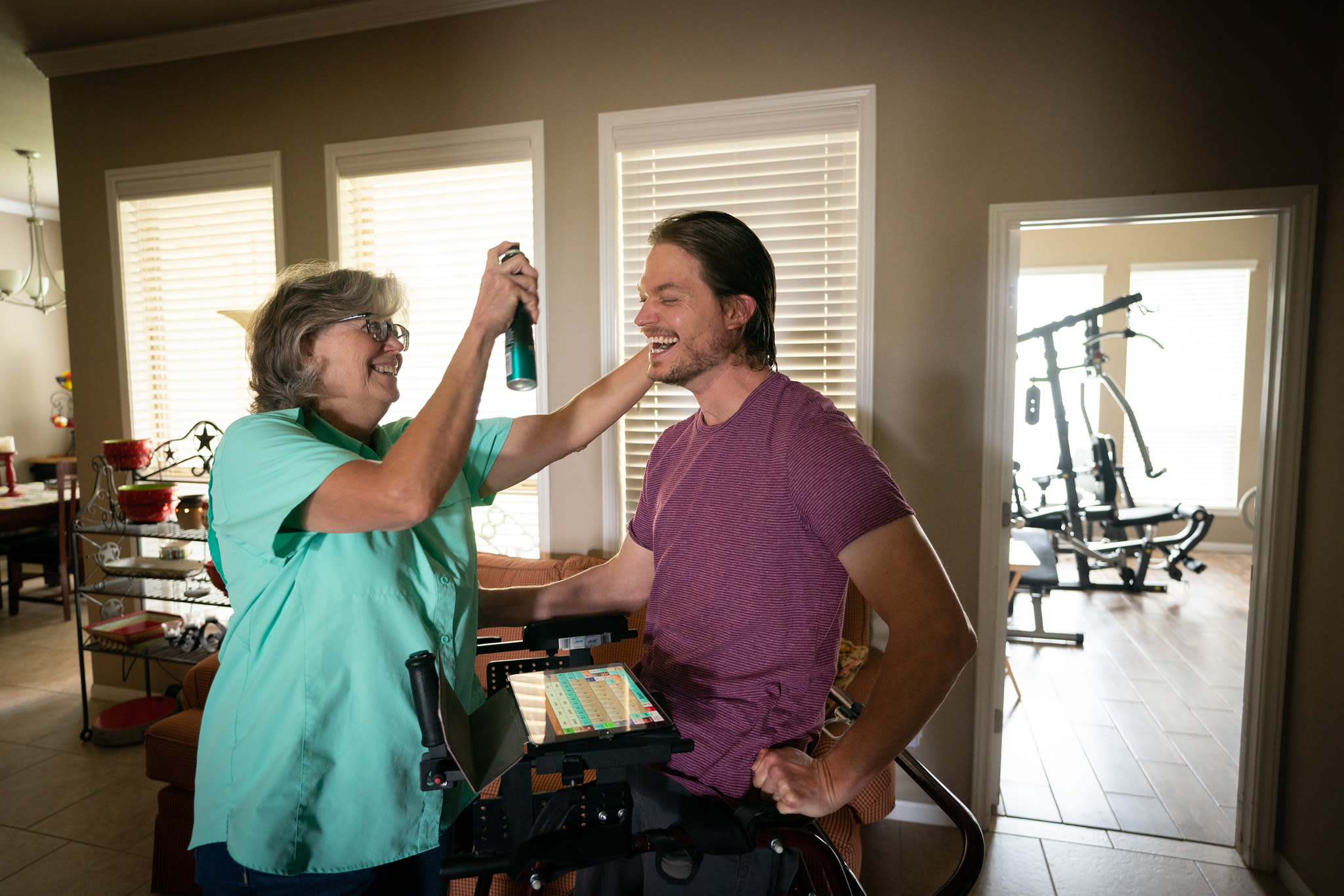
In 2019, we visited CaringBridge users in Texas. While Alaska has more square miles, and California has more people, it was Jenny and Sean Carter, CaringBridge authors since 2005, when Sean was injured as a passenger in a drunk-driving crash, who said, “Y’all need to come to Texas.” So we did.
It was an honor to be invited into the home of the Carters, and five other families whose kids have beaten the odds to survive: baby Davis with eye cancer; toddler Jaxson fighting neuroblastoma; Kaden who arrived in the world with a rare birth defect; Deacon born with half a heart; and Ava, mowed down in her front yard at 18 months by a drunk driver.
Where in 2017 we asked patients and caregivers to identify, specifically, things that helped them heal, in 2018, and then again in 2019, we widened the lens of observation. Hoping to find some overall themes that might be relevant for patients and caregivers, as well as healthcare providers, we asked an additional question: “What is the source of strength that keeps you going … no matter what?“
This bonus question came from our CEO at the time, Liwanag Ojala, who also experienced CaringBridge as a caregiver, after starting a site for her Dad in 2018. She said, “No one can answer a question like this better than the 300,000 people using CaringBridge every day.” It turned out to be just the right thing to ask. For the families we met, who represent the nearly 800,000 patients and caregivers who have created CaringBridge sites since 1997, responses fell mostly into three categories: Believe (faith and spirituality); Belong (family and friends); and Be (finding meaning in difficult experiences).
Here are the types of responses people shared—by category—with the hope of pointing others toward healing:
Believe: “If I could offer advice to any family, it would be to stick by your faith. Just know that your God is with you, and that he’ll take care of you all the way through.” (Juan Martinez of Uvalde, TX, whose young son, Jaxson, is a neuroblastoma survivor.) Or Michael Bischoff of Minneapolis, who has lived with brain cancer since 2015: “When my health stabilized after active medical treatment, I committed to sitting next to the Mississippi River each day, and doing the Japanese practice of ‘nature bathing,’ as a part of my treatment. I believe it has helped heal me.”
Belong: “If there is a single message we can share with other families, it is to always let people walk beside you. It’s easy to feel alone, and you don’t want to ask for help because you feel it is your burden to carry. But there is so much victory in being able to go through this with other people. You don’t have to carry this alone.” (Lianne O’Donnell of Houston, whose son, Davis, was diagnosed with eye cancer at 4 months.) Or Cat Thisius, of Rochester, MN, a preschool teacher by day and roller derby skater by night. After a breast cancer diagnosis, her team kept her going. She said, “I was able to forget about my cancer when I geared up, which was such a healing thing for me. With my helmet and skates on, I wasn’t a breast-cancer patient. I was a roller derby player.”
Be: “Kevin often shares his story publicly, with the hope of helping others. Our family feels that if being open about the struggle of depression has the ability to save another person, then the struggle and pain we have gone through has had a purpose.” (Amy Amundson of New Prague, MN, mom of Kevin, whose undiagnosed depression led to a suicide-attempt.)
Imagine these themes evolving into a framework to explore healing for years to come. Patients and caregivers in a position to do so could locate themselves within the framework, to see what they have, or need, to move ahead with what remains … to find a path toward healing that works for them.
But here’s where we pledge not to get ahead of ourselves.
If we were scientists at CaringBridge, which we are not, we might say that our imagined framework exists somewhere between a medical model and a scientific method, neither of which are in our wheelhouse to create.
Fortunately, we work with an advisory panel of MDs and PhDs highly qualified to look at the collective wisdom of healing through a scientific lens. Where we operate on instinct, they speak for evidence, with an all-around caveat that defining and measuring healing is hard.
“There is mystery around healing,” said Mary Jo Kreitzer, PhD, RN, and founder/director of the Earl E. Bakken Center for Spirituality & Healing at the University of Minnesota. “It’s not as though it’s a linear process, that science has discovered the path … if you do these three things you’ll be healed. It is much more complicated than that.”
But Mary Jo has been a catalyst for finding method in mystery through a Compassionate Technology Research Collaborative at the University of Minnesota, created in 2015. Analysis by computer scientists and healthcare professionals of more than 51 million CaringBridge Journal entries—with names and personal details removed—is beginning to prove that certain activities and types of support have healing effects. A study published in 2018, for example, shows that practicing gratitude during a health journey reduces stress and fear, improves sleep and increases positive emotions and overall wellbeing. Sally Lynick of New Brighton, MN, could be a living proof-point of this research. Five years after her son, Vincent, was born without a tibia, the large bone connecting knee-to-ankle, Sally said, “Our family now has a very different perspective on life … an attitude of gratitude. There have been hard parts of course, but after what Vincent has been through, we are thankful, in ways we never would have expected.”
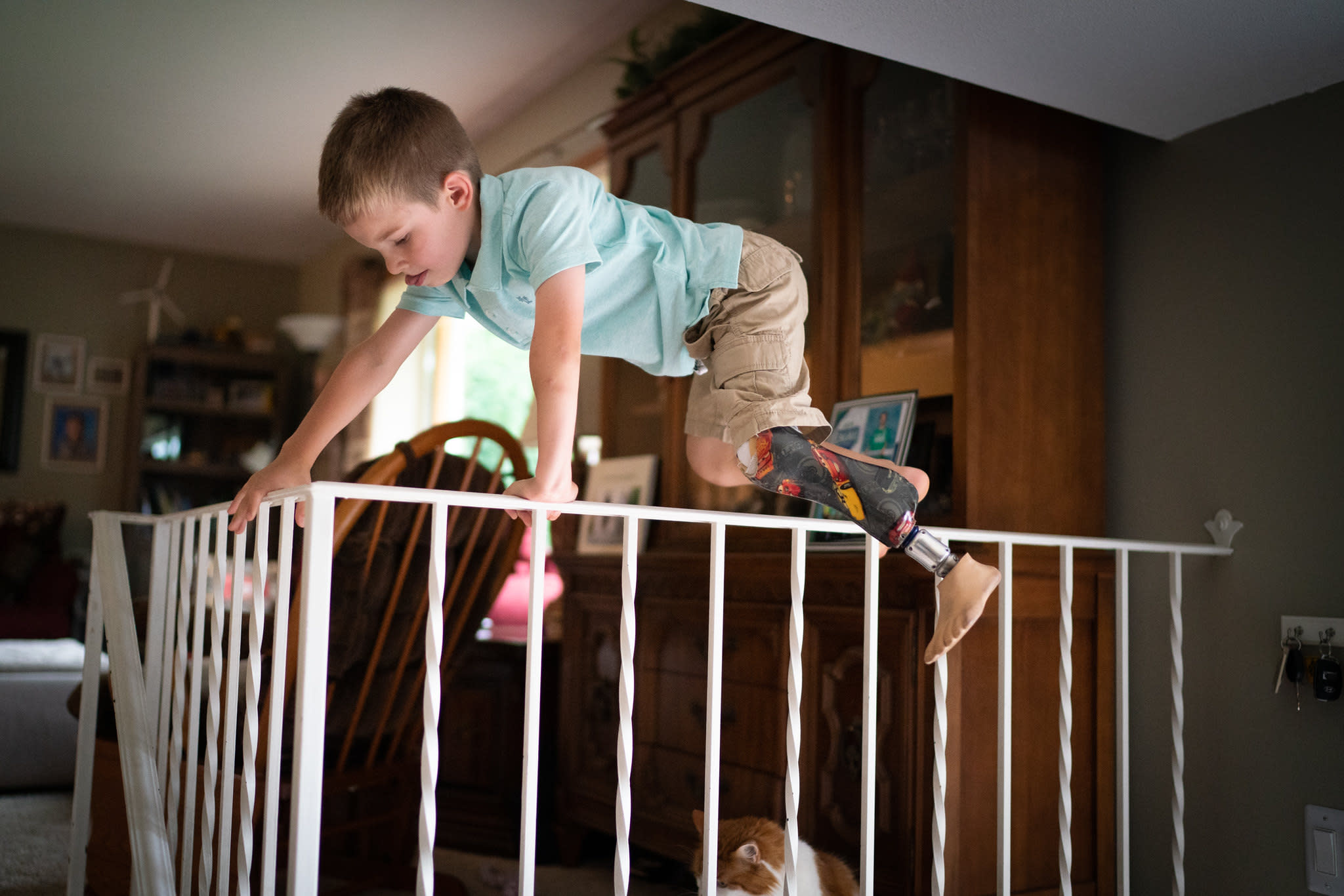
Another study produced by the research collaborative indicates that instrumental support (i.e., chores, transportation, food, financial assistance) and informational support (i.e., research, knowledge) matter considerably less to CaringBridge users than emotional support, including prayer. Sarah Hanan of Minneapolis, diagnosed with breast cancer in 2018, when she was 7 months pregnant, seconds that. “We had all these people just loving and praying and supporting us throughout the whole journey,” she said. “That gave us the ability to say, ‘Yeah, let’s go for it … let’s just play this deck of cards we’ve been dealt.'”
But not every patient or caregiver has this ability. Wayne Jonas, MD, of Alexandria, VA, author of the book, How Healing Works, as well as a family physician, retired Army medical officer and researcher of complementary and alternative medicine, urges study of what he describes as “the dark side” within some health journeys.
“When people are sick and suffering, sometimes there is fear, or guilt, or anger, that blocks their ability to get to a place of healing,” Wayne said. “You have to help them go through those feelings in order to get to a place of purpose and meaning. But sometimes healing is just not possible in the moment. And that has to be OK.”
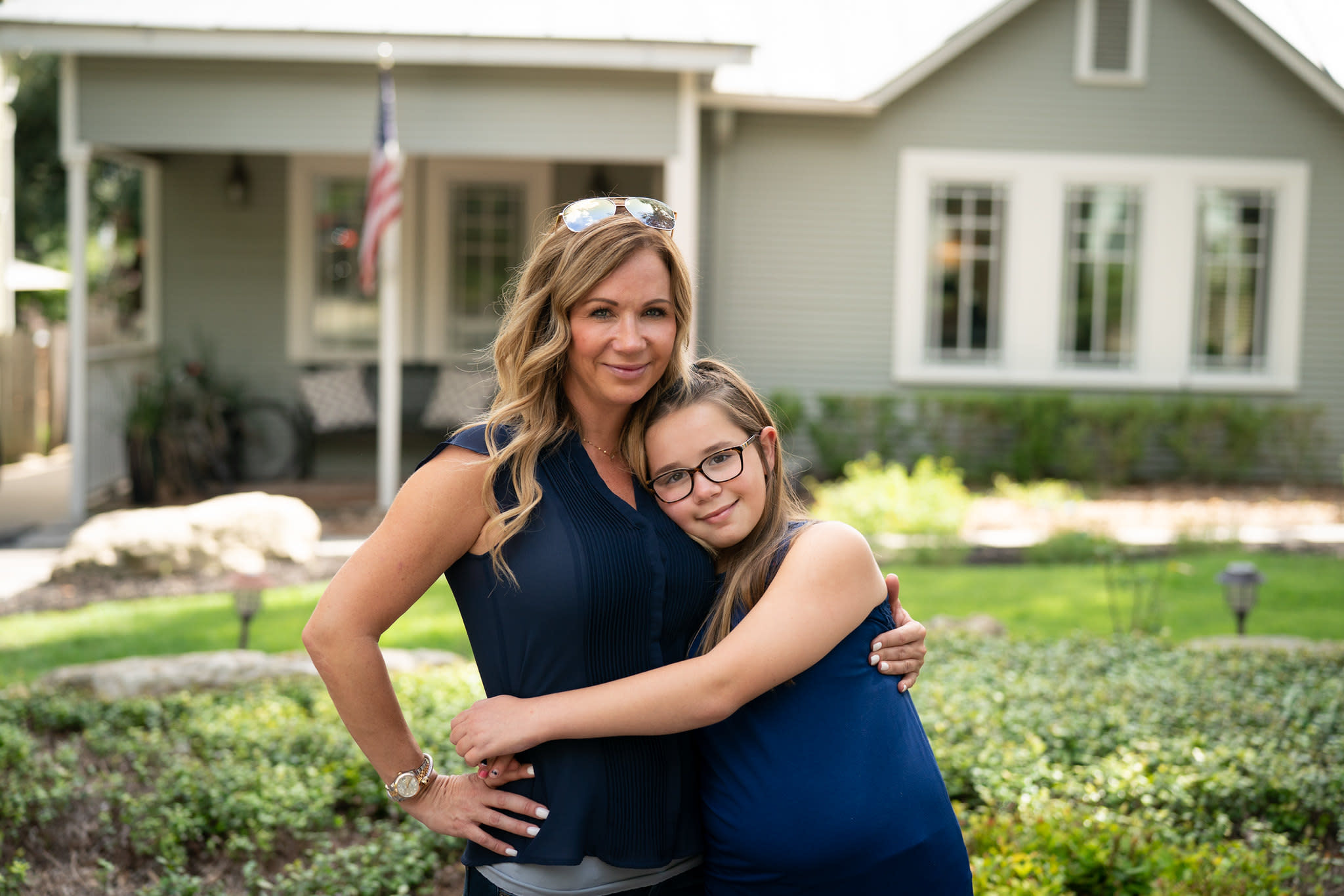
Traci Lopez of San Antonio, TX, knows this dark side. In 2009, a drunk driver crashed into her 18-month-old daughter, Ava, as the toddler stood in her front yard. Ava, now 12, still faces effects of a traumatic brain injury; Traci still reflects on anger that could have consumed her.
“I’m not sure a mother’s heart can ever fully heal after a child is injured in such a reckless way,” Traci said. “But I knew I had two choices; I could go in a negative direction, or I could do something positive and turn it around. As a mom with three kids to take care of, I just had to choose the positive.”
It was the harder choice. For Traci, moving through anger and the sense of loss she felt on behalf of her daughter has been a long process—of processing. “We will never know what could have been with Ava,” she said. “That is something I may always think about.”
But Traci said the accident also has made all three of her children who they are today. “I am super-proud of how kind and compassionate they are, because it has been painful and hard for our family … years of questioning and ‘what-ifs.’ But we have all learned that you can’t really look back. You just have to move forward.”
How difficult it can be to process health trauma and move forward is well-understood by Annie Brewster, MD, of Boston, an internist, assistant professor at Harvard Medical School and founder of the nonprofit Health Story Collaborative. Since 2010, she and Jonathan Adler, PhD, have been engaging people in the shaping and sharing of their health stories. Their medical model is based on research about the healing power of storytelling.
“A scientific term for what Dr. Jonas and the mom of Ava Lopez describe is ‘accommodative processing,'” Annie said. “This is about how feeling the hard stuff is essential to wellbeing. Research shows that deeply processing and making sense of the negative aspects of a story—acknowledging the complexity of life—is how it is possible to get to ‘Be.'”
And while Annie looks forward to more science validating the collective wisdom of CaringBridge users, she said she sees value, and potential, in the themes of Believe, Belong and Be. “When I look through the research lens that we base our work on, these themes resonate,” she said. “For instance, the social-science research on storytelling supports an association between ‘Communion’—similar to “Belong”—and positive mental health.”
Scientific minds, though, are most interested in the application of themes—in this case, the value to patients and family caregivers of a framework for healing, and how such a framework might be integrated into clinical practices, and our healthcare system.
This topic of integration is deeply interesting to Archelle Georgiou, MD, of Minneapolis, a medical journalist, former healthcare industry executive and author of the book Healthcare Choices.
Archelle has supported the CaringBridge team in its exploration of healing since 2017, beginning with a thoughtful challenge to consider healing from multiple angles. “Healing is what clinicians help you do, with interventions trying to cure your disease,” she said. “But it is also what you do for yourself, as you try to live with whatever you are facing.”
As a former chief medical officer for the largest healthcare company in the world, Archelle sees the power in helping patients and caregivers know that healing is possible, and pointing out paths to achieving it.
She said, “Our multi-trillion dollar health system tries to make health care better, but most of the interventions are focused on how drugs can get better, how hospitals can perform better, how doctors can do a better job. There is a vacuum around focusing on the power of the patients, and what patients can do to make themselves better.”
Empowering patients and family caregivers to find their own paths toward healing, as they are able, has long-intrigued Sharon Berry, PhD, of Minneapolis, associate clinical director and psychology director of training for Children’s Hospitals and Clinics of Minnesota. She sees opportunity in the big … and in the small.
“If I could heal with a magic wand, I would do it every day,” Sharon said. “But healing is an internal process, one over which patients—and parents, in the case of kids—have the most power.”
As a provider, Sharon has opportunity to point out paths toward healing, and to encourage patients and caregivers to use their power to help make themselves whole again. “I don’t know about the term ‘be healed,'” she said, “but you can be in a healing process. You can say, ‘I am healing as I go.'”
As a scientist looking at framework for healing, Sharon encourages more evidence, of course. But she said she finds value in the concepts of Believe, Belong, Be. “Even without the scientific support that takes time to develop, this framework could be face valid for a lot of people,” she said. “If healing is the attainment of hope, these stories offer hope.”
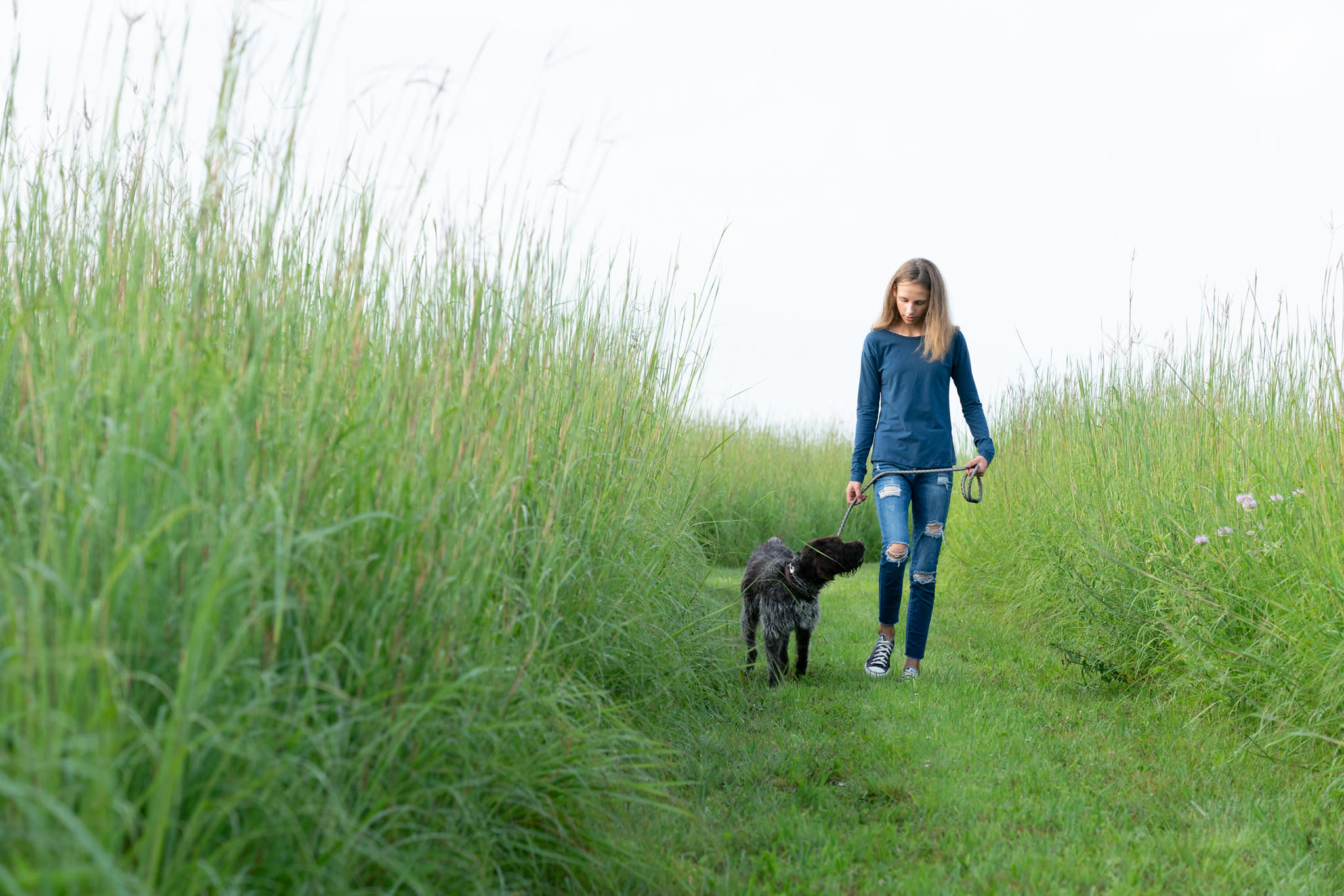
Fourteen-year-old Ana vanKoeverden of Rochester, MN, said the same thing, only in teen-speak. Diagnosed with brain cancer at age 3, she is now the author of the CaringBridge Journal that her Mom, Heather, had been updating since the very start of treatment. In a recent post, Ana wrote, “You can’t be like, ‘Oh, I have cancer. My life sucks. I can’t do anything.’ You just have to do your regular stuff. And you’ve got to have hope.”
And with that simple inspiration—you’ve got to have hope—we will continue exploring the power, and the mysteries, of healing. There are two ultimate goals:
Helping patients and family caregivers be able to find a path toward healing that works for them.
Validating for clinicians everywhere something they know, instinctively: healing is possible, and valuable, regardless of health outcome.
In looking at the growing number of stories of hope and healing, and the ongoing quest for supporting science, Mary Jo Kreitzer, of the Center for Spirituality & Healing, said she is reminded of a study she published early in her career: Hope, Spirituality, Sense of Coherence, and Quality of Life in Patients With Cancer. “What we found in 1996 is that spiritual or religious beliefs and relationships with others influence hope,” she said. “And I continue to believe that where there is hope, there can be healing.”